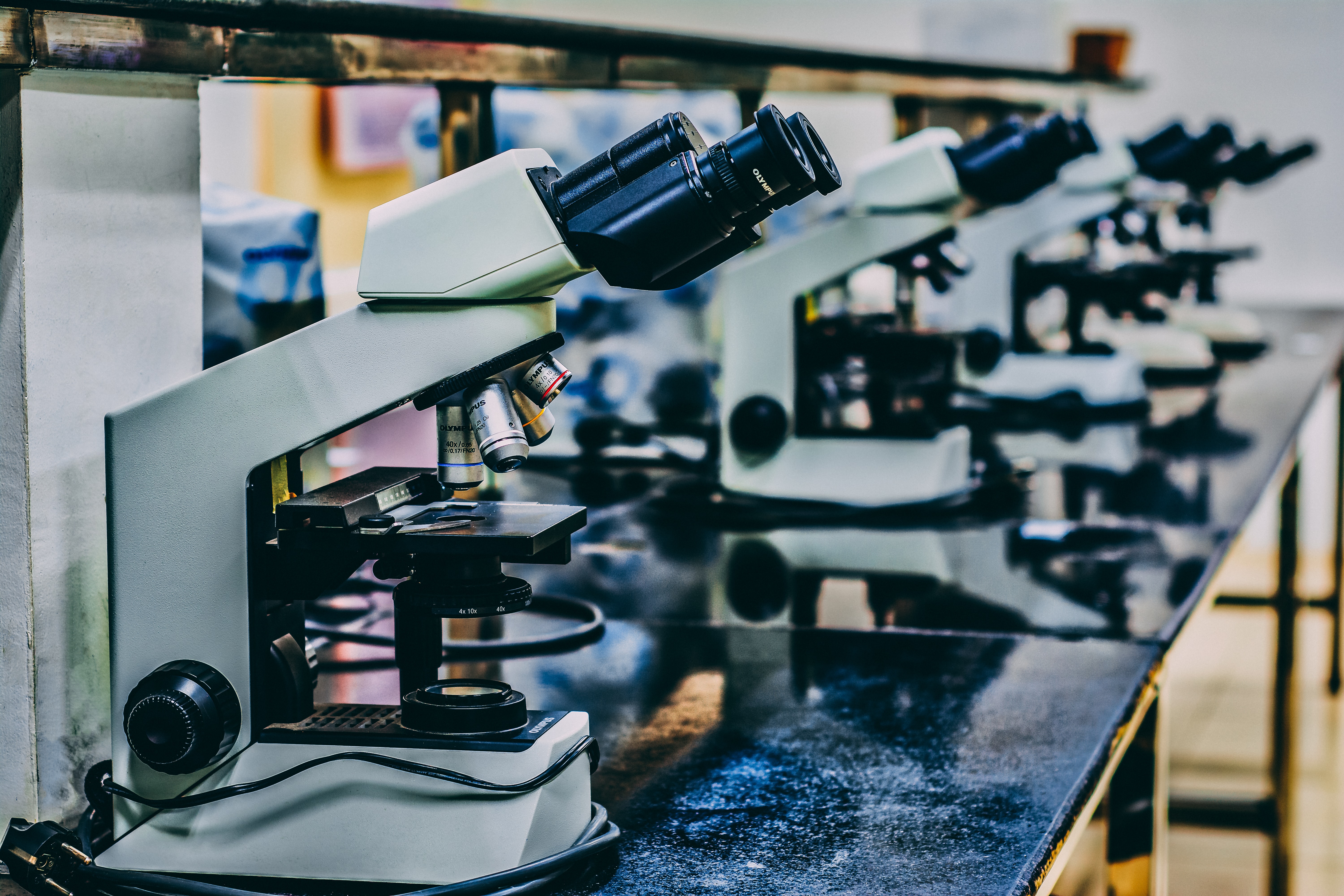How to Teach Science Remotely
Best practices, advice, and resources to teach science remotely

With remote learning continuing to be in effect for many schools, teaching a hands-on subject such as science is a challenge for educators. Not being able to allow students to experiment, test, and explore firsthand, however, has encouraged new teaching practices.
In Orange County, Florida, science teachers have gone back to basics in a way, according to Veronica Franco, former STEM Gifted Education Teacher and STEM Futures Director. Unable to participate in on-site school experiments, students explore their neighborhoods and backyards in science-based scavenger hunts that involve identifying flora and fauna. Teachers also assign project-based tasks, such as coming up with ideas to help a local farmer with his excess strawberry harvest.
Students are also encouraged to explain science concepts to family. “The conversation about helping adults learn is our science inquiry component,” says Franco. “If they can teach it, that's a great assessment tool and way to prove their understanding of the material. They are also discovering, investigating and if they can teach it, that's really going full circle.”
Adapting to the New Classroom
When teachers are preparing to teach science remotely, they need to be reflective and understand that they can’t take their traditional classroom with students sitting in front of them and simply replicate that online, says Dr. Christine Royce, a former National Science Teaching Association (NSTA) president who also is a professor of teacher education and co-director of MAT in STEM Education at Shippensburg University in Pennsylvania.
“Science teachers need to ask themselves what has changed? And then, 'What do I need to do to adapt to that?'” says Royce.“They need to consider what the big ideas are and what the students need to do rather than just replicate what’s being done in a traditional school day.”
Science educators need to continue pushing exploration and engaging students in discussion. Ideally, students would use equipment themselves to perform experiments, says Royce. Depending on the students’ age level, however, a teacher can provide a video of a hands-on exploration of, say, chemistry or physics, and encourage students to ask questions, investigate, and use data sets to make sense of what they’re seeing.
As mentioned earlier, teachers can make use of the outdoors, such as having students watch how leaves blow or how marbles roll down a sidewalk. “You can have young students go out and engage with simple materials that they find around the house,” says Royce. “If we want to experiment with friction, for example, it can be any kind of ball, and you’re going to have different outcomes, the observations of which will be very powerful for students to discuss.”
Tools and ideas to transform education. Sign up below.
Such activities also tie into phenomena-based learning, which is aligned with Next Generation Science Standards and encourages students to drive learning through wonder and discussion. “It doesn’t require students to only be in a classroom,” says Royce. “They can go collect information on their own and then come back and share it when they are in a synchronous classroom.”
In a remote environment, asynchronous learning time can be used for investigations, and synchronous learning sessions can focus on group discussions, says Royce. As with in-person learning, it’s critical that educators continue to guide students to wonder why something happens, and encourage those discussions in groups.
“Asking 'Why?' is very powerful because it helps the student put their own pieces together in their mind, and correct things in their own mind, because they have to discuss it with others,” she says.
Embracing Edtech Tools
For teaching science remotely, Royce recommends a number of tech tools, such as:
Flipgrid - “Sometimes having students verbalize their understanding is more effective than writing it out,” Royce says.
Idea Sketch - Allows students to record their own ideas.
Jamboard - If students are typically given cards associated with animals or organisms in a food chain, for example, those cards can be put into a Jamboard and they can still manipulate the cards electronically.
Whiteboard.fi - Allows a teacher to create one document and then give each student their own version to manipulate, and then offers sharing for discussion.
Teachers need to figure which tools are best for them, and then allow their students to become comfortable using each one, Royce says.
Best Practices for Teaching Science Remotely
Some best practices to consider when teaching science remotely, according to Royce.
Discussion is important and needs to be facilitated during synchronous classes. Students being involved will help them connect their own ideas and ask questions of others.
Keep what is shared online simplified. Learning online is a heavier cognitive drive, says Royce, so focusing on the key points will help facilitate student thinking, reasoning, and discussion.
Help students become the architects of their own learning. Teachers still have to develop the content and sequence, but the students should be in more control of their learning, including executive management functions such as time management and task completion. “When students become more involved in the process, it’s going to be a tipping point at which we see more investigations, more questioning, and more interest in their learning when we go back to the classroom,” says Royce.
Additional Resources
Ray Bendici is the Managing Editor of Tech & Learning and Tech & Learning University. He is an award-winning journalist/editor, with more than 20 years of experience, including a specific focus on education.
